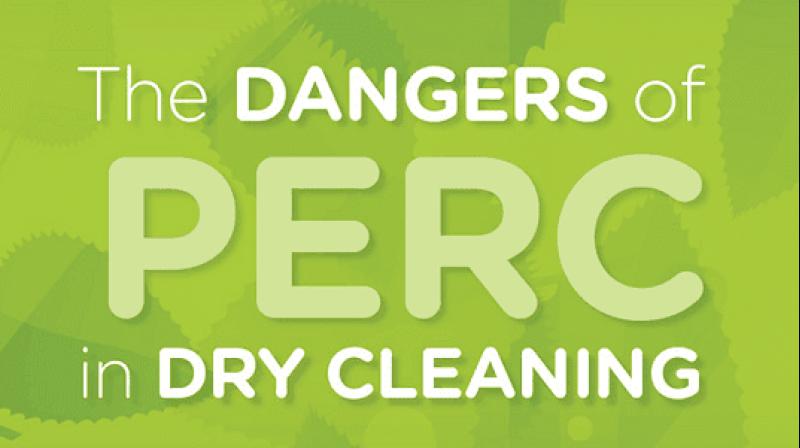PERC, a major water and air contaminant

Vijayawada: PERC has been shown to contaminate soil, water and air. It is quite volatile and so pollutes the indoor and outdoor air. PERC may escape into the outdoor air through windows, doors, ventilators and air-conditioning systems in dry-cleaning units during cleaning, purification and waste disposal phases.
It can remain in air for several weeks, and after a few days, it breaks down into chemicals that may be toxic. PERC may penetrate into the ground in liquid form through spills, machine leaks and from improperly handled waste. It may also enter water bodies in the same way. PERC spills are considered to be severe environmental accidents as PERC can seep into the soil and reach drinking water aquifers.
Studies indicate that high levels of PERC were detected in the groundwater samples from some parts of California’s municipal wells around 1989. This discovery led to extensive investigations that identified over 50 contaminant sources, including a number of dry cleaning facilities.
Limited research on PERC as a carcinogenic
Several agencies such as the International Age-ncy for Research on Cancer have determined the high probability of PERC being a carcinogen. It has been classified by the US Environmental Protection Agency (EPA) as a pollutant.
Despite this, there has been very limited research on understanding its impact on health and environment in the Indian context.
Petroleum-based compounds have been widely used in dry-cleaning. At the beginning of the 20th century, raw white gasoline was the dry-cleaning solvent of choice though there was was risk of fires and explosions. Some solvents commonly used by dry cleaners are Stoddard solvent (white spirit), and carbon tetrachloride.

